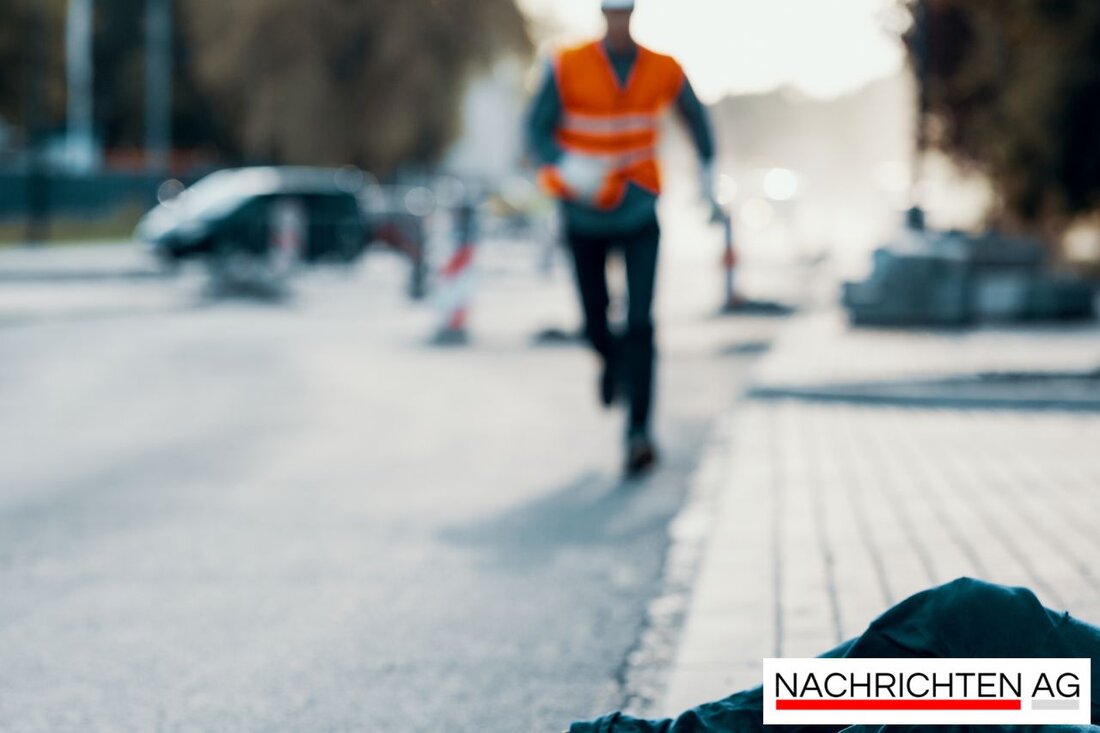Tragic death in a climbing gym: What we need to know about the accident
Tragic climbing accident in Berlin-Marienfelde: A woman falls fatally. Safety measures and accident statistics in focus.

Tragic death in a climbing gym: What we need to know about the accident
A tragic accident occurred today in the “South Rock” climbing hall in Berlin-Marienfelde. A 54-year-old woman fell from a height of several meters and could no longer be saved by the fire department and emergency doctors. The Berlin police have already started investigations into the causes of the incident. The climbing hall itself did not comment further on the tragic event out of consideration for the relatives. In connection with this accident, it is clear that safety has the highest priority in climbing operations.
Elias Hitthaler from the German Alpine Club (DAV) points out that since 2000, all 14 fatal climbing accidents in Germany have been caused by connection errors. This makes the importance of correct integration and use of security devices particularly clear. According to a current study, the DAV reported a total of 261 incidents in 2024 that required a rescue operation or a hospital stay, which is considered comparatively low. Nevertheless, this number should not be underestimated in the context of climbing accidents.
Safety measures in climbing sports
Remarkable statistics stand out in the recorded incidents. Around 25% of climbing accidents occur in rope climbing, while the majority of accidents - 71% - occur in bouldering. Injuries in bouldering in particular arise from falls on mats, which often affect arms and legs. However, despite the increasing numbers, preventative measures are being taken in the climbing halls.
- Umfassendes Aufwärmprogramm
- Montage und Nutzung von Abklettergriffen, um die Absprunghöhe zu verringern
- Vollständiger Partnercheck vor jeder Klettersession
The correct handling of security devices is also particularly important. A lack of communication between climbers and errors in use often lead to accidents. Falls and impact injuries are particularly common when climbing ropes, especially during lead climbing. Some measures, such as annual inspections of safety machines, are already being taken by operators in the climbing halls. True to the motto: Safety has the highest priority!
Technological innovations for more safety
Technical innovations for autobelay devices are also being planned in Berlin, which will provide acoustic and visual signals if the ropes are not attached correctly. Two providers have already developed such systems, while a third product is currently being tested. But costs represent an obstacle to the widespread introduction of these safety measures.
Smaller climbing halls often rely on regular checks by trained staff. Mendez Lenk from the “Bouldergarten” climbing hall emphasizes that despite all the precautionary measures, a fatal accident cannot be completely ruled out, but the probability is very low. A system that prevents inattention and failure to attach the slacklines is seen as a further step in the right direction.
The data and statistics collected by organizations such as the climbing hall association KLEVER e.V. and the German Alpine Club DAV are essential to continually increase safety in climbing. The accident statistics for 2023 show that 218 accidents were recorded alone. However, due to the number of unreported cases, significantly more incidents are to be expected, which underlines the need for further preventive measures.
For more information on this topic, see reports from Berlin Live, Climbing Hall Association and Climbing scene.

 Suche
Suche
 Mein Konto
Mein Konto